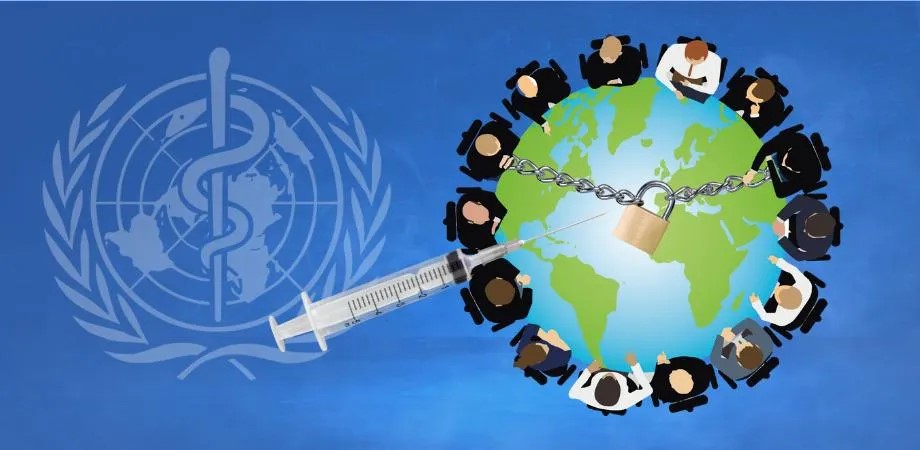WHO Pandemic Treaty

- 27 May 2024
Why is it in the News?
Health officials from the 194 member states of the World Health Organization hope next week to complete more than two years of negotiations on new rules for responding to pandemics when they gather in Geneva.
What is the Pandemic Treaty?
- The "Pandemic Treaty" or "Pandemic Accord" refers to an ongoing process at the World Health Organization (WHO) to negotiate an international agreement or convention on pandemic prevention, preparedness, and response.
- The idea was proposed in late 2020 amid the COVID-19 pandemic to strengthen global coordination and solidarity in addressing future pandemic threats.
- The WHO already has binding rules known as the International Health Regulations (2005) which set out countries’ obligations where public health events have the potential to cross national borders.
- These include advising the WHO immediately of a health emergency and measures on trade and travel.
- Adopted after the 2002/3 SARS outbreak, these regulations are still seen as functional for regional epidemics such as Ebola but inadequate for a global pandemic.
Key points about the proposed Pandemic Treaty/Agreement:
- Objective: To establish a global framework and rules to ensure better cooperation, data sharing, and coordinated response during future pandemics.
- Legal Status: It would be a legally binding international instrument, like a treaty or convention, requiring ratification by WHO member states.
- Core Elements: Likely to include provisions on equitable access to countermeasures, strengthening health systems, information sharing, One Health approach (human-animal-environment interface), and funding mechanisms.
- Negotiation Process: In December 2021, the World Health Assembly established an intergovernmental negotiating body to draft and negotiate the instrument through a member-state-led process.
- The goal is to learn from COVID-19 experiences and create a binding global framework that facilitates a more coherent, better-coordinated international response to potential future pandemic threats.
How will the Global Health Rules change?
- The updates to the International Health Regulations (IHR) include:
- A new alert system to provide different risk assessments for future outbreaks, addressing criticisms that the current system delayed the COVID-19 response.
- Introducing an intermediary alert stage called “early action alert,” in addition to the existing Public Health Emergency of International Concern (PHEIC).
- Considering a “pandemic emergency” designation for the most severe health threats, filling a gap in the current system which does not use the term "pandemic."
- Strengthening state obligations to inform the WHO of public health events, changing the language from “may” to “should.”
How Do Countries View the Pact?
- Negotiations have been marked by significant differences between wealthy and poor countries.
- The talks missed a key May 10 deadline, nearly collapsing and prompting WHO Director-General Tedros to call an emergency meeting to boost morale. Contentious issues include:
- The sharing of drugs and vaccines.
- Financing, with debates over setting up a dedicated fund versus using existing resources like the World Bank’s $1 billion pandemic fund.
- Political pressure, particularly from right-wing groups and politicians concerned about sovereignty, which the WHO denies.
What Happens Next?
- The new IHR rules and the pandemic accord are intended to complement each other, but opinions vary on whether one can exist without the other.
- Sources indicate that IHR negotiations are more advanced and likely to pass, with changes taking effect automatically after 12 months unless countries opt-out.
- In contrast, the pandemic treaty requires ratification, potentially taking years.
